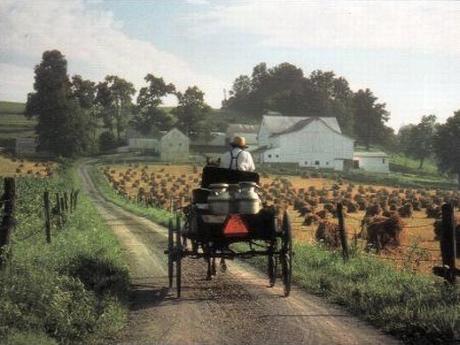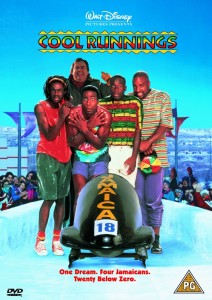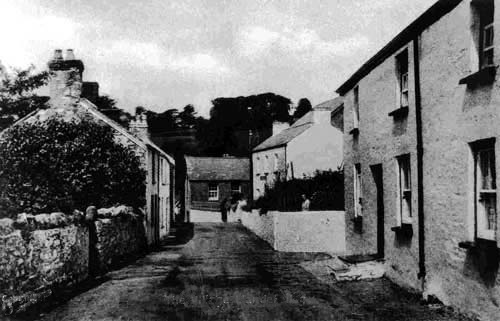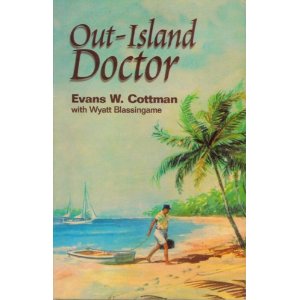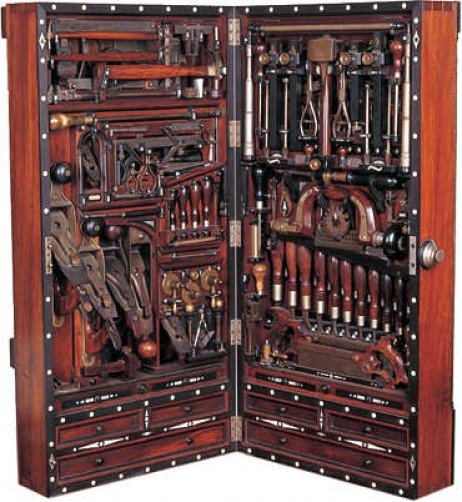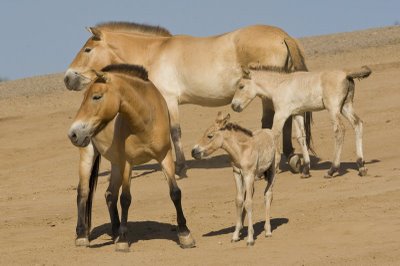
A Sensational Discovery
Przewalski’s ( PREZ- val- ski’s) Horse has been known to the world of science since 1881, when it was described by I. S. Poliakov, based on a skull and hide imported from Central Asia by Colonel Nicolai M. Przhevalsky in 1879. Poliakov named the newly discovered species ‘Przewalski’s Horse’ in honor of the explorer. However, the wild horses were known to local inhabitants a long time before that. The Mongols called them takhi, the Chinese jie-ma. The expression kertag is also used, originating from the Kirghiz kher takhi.
Characteristic Features
The Przewalski‘s Horse is a smallish, stocky animal with a powerful, low-set head. The coat is sandy brown to yellowish in color, with a white belly and a short, dark brown, erect mane and brown tail. There is a dark, dorsal stripe running along the middle of the back. The coat is also dark above the hooves. Some horses have dark legs up to their knees and there can also be dark stripes on the legs. The muzzle is often white (the so-called flour nose), although dark nosed individuals have also been recorded. The winter coat is long and thick and it protects the horse from the cold conditions and icy winds of its native habitat.
In contrast to domesticated horses, where the hair grows out of the root of the tail in long continuous strands, the root of the wild horse’s tail is covered in shorter hairs. Continue reading The Last Wild Horse
Author: thebookblog
Samson’s sweet riddle
One of Britain’s iconic foodstuffs is Lyle’s Golden Syrup. Everyone knows the century-old design: a round tin can with a lid you prise off with a knife; racing green bodywork with the golden words arching over a central picture of a dried dead lion, and emanating from its stomach is a swarm of bees. A strange image for a foodstuff?
Living with the Amish
A 2011 UK Channel Four Series
www.channel4.com/programmes/living-with-the-amish/
Living with the Amish follows six British teenagers leaving their mobile phones, Facebook accounts and partying behind, as they head to Ohio and Pennsylvania to see what they can learn from six weeks of hard work and simple living. No Amish (pronounced ‘Aah-Mish’) community has opened up in this way before, and the Amish families taking part in the series hope that it will reveal the advantages of a pure, uncluttered way of life.
Charlotte, 18, loves clothes and shopping, and never leaves the house without her make-up on. But Charlotte thinks there’s more to life than what you wear and wants to see if the Amish experience will help her gain confidence and independence..
Cool Runnings (1994)
Bobsledding is not exactly the first thing anyone would associate with Jamaica, but it’s precisely the unlikeliness of that combination that inspired “Cool Runnings”. The team was a novelty, and then they became a symbol of the Olympic spirit. Then they became a movie. But the four men of the first Jamaican bobsled team, the four men who went to the 1988 Calgary Winter Olympics having hardly seen snow, always wanted one thing.
“We wanted most of all,” said Nelson Chris Stokes, “to compete. We were not jokes. We were athletes who wanted to test ourselves…some people wanted us to be a joke, but those who knew the sport and understood athletics understood how serious we were and what a great accomplishment we had.”
The film celebrates genuine sportsmanship, placing the emphasis back on how the game is played in the face of the winning-is-everything philosophy that permeates every aspect of contemporary life..
“Cool Runnings,” which takes its title from a Jamaican slang expression meaning “peaceful journey”, was inspired by actual events, but director Jon Turteltaub and his several writers have taken liberties so creatively that we’re left with the satisfying feeling that if the story didn’t exactly happen this way it should have. The people who originally conceived the idea of a Jamaican bobsled team were inspired by the islands pushcart racers, and then tried to recruit top track sprinters. However, they did not find any elite sprinters interested in competing, so instead recruited four sprinters from the army for the team. Irving Blitzer is a fictional character; the real team had several trainers, none of whom were connected to any cheating scandal. Arguably, the key moment in the film occurs at a quiet moment when Irv tells Derice that “If you’re not enough without a Gold Medal, you’re not enough with it.”
Gold at Wolf’s Crag
Gold at Wolf’s Crag: An Inquiry into the Treasure of Fast Castle (1971) by Fred Douglas
Rating: 




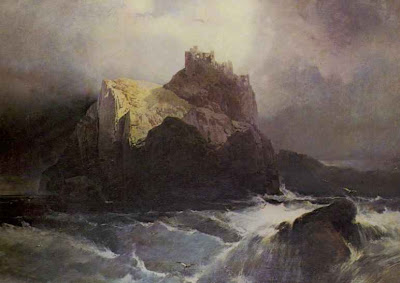.jpg)
Henry Bright (1814-1873) Fast Castle from the Sea
Fast Castle is an isolated ruin on a rugged coast south of Edinburgh, north of Berwick. It might merit little obvious attention, but a closer look through the eyes of Fred Douglas was very rewarding. It seems the cache of gold (if it exists) is no nearer to being uncovered, but the trawl through the Scottish historical sources revealed much of interest.. Continue reading Gold at Wolf’s Crag
Peter Williams (1723- 1796)
It is often said that any persons who cannot accept the Trinity doctrine, common to Catholicism, Orthodox and most denominations, are not Christian. Since even before Nicea (325AD) however, there have always been outspoken individuals who rejected it as unscriptural, and often suffered for it. In the eighteenth century, a time of ferment in the history of Welsh faith, such a man was Peter Williams.
In addition, Peter Williams knew that Bibles were financially beyond the reach of most families and that, in any event, Welsh Bibles were virtually unobtainable. He was also aware that his own fervor for spiritual knowledge was shared by increasing numbers of the ordinary people of Wales, but that the copyright for publication of the Bible was held by the Universities of Oxford and Cambridge, which made accessibility even more difficult..
Out-Island Doctor by Evans W Cottman
Out-island doctor by Evans W Cottman (1963) guest reviewed by Rebecca Buckley
Drawn initially to the book through a family connection with Abaco, an out-island in the Bahamas, for my parents married there, and my grandfather, like Evans W Cottman, was a doctor, and practised there for a few years in the mid 1980’s..
The Mystery of the Copper Scroll of Qumran
The Mystery of the Copper Scroll of Qumran: The Essene Record of the Treasure of Akhenaten (2003) by Robert Feather
Rating: 





Robert Feather’s background and training as a Metallurgist and Chartered Engineer has given him a unique insight into the intricacies of ‘The Copper Scroll’, one of the most enigmatic of the Dead Sea Scrolls.
Qumran lies close to the Dead Sea at its northern end, some 40 km east of Jerusalem. Here, in an incredibly dry and sun-bleached area there is, strangely enough, no need for protective sun blocker, or life-guards. Lying some 1200 feet below sea level at the lowest point on earth, the damaging rays of the sun are screened out by the extra layer of atmosphere, and the concentration of salts in the Dead Sea is so high that anyone falling in immediately rises to the surface and like a cork, cannot sink.
But why is Qumran so important in historical and biblical terms?
The Incredible Tool Chest of Henry O. Studley
In July 1988, the back cover of Finewoodworking magazine featured an awe-inspiring object: the vintage 19-century tool chest of master carpenter Henry O. Studley(1838-1925) . If the workmanship in the tool chest is any indication of the maker’s talent, then the craftsmanship of Studley must have been a wonder to behold. Now Studley’s chest has resurfaced as part of Lon Schleining’s book, Treasure Chests: The Legacy of Extraordinary Boxes (2008)..
Continue reading The Incredible Tool Chest of Henry O. Studley
Philip Marlowe, Private Investigator
Rating: 




The High Window: A Philip Marlowe Mystery by Raymond Chandler
`A long-limbed languorous type of showgirl blonde lay at her ease in one of the chairs, with her feet raised on a padded rest and a tall misted glass at her elbow, near a silver ice bucket and a Scotch bottle. She looked at us lazily as we came over the grass. From thirty feet away she looked like a lot of class. From ten feet away she looked like something made up to be seen from thirty feet away’..
The plot of ‘The High Window‘ maybe doesn’t matter. What matters is the writing and how good it is. Chandler’s characters are corrupt for more than one reason, and Marlowe finds out what some of those reasons are. Chandler provides a tense mystery with a strong element of menace and personal danger, all in the author’s trademark concise and witty style. The dialogue between Marlowe and the somewhat abrasive Mrs Murdock, in particular, makes the pages seem alive with bite and tension and it becomes clear she is the first in a line of characters trying to hide something from Marlowe, even while demanding his assistance. He’s less interested in finding out who stole the rare coin and who committed murder to cover it up, than why Mrs Murdock called him in the first place, and then why she is a widow. ‘The High Window‘ is written by Raymond Chandler, and he was one of the best writers ever to use modern American English. Few authors have written sentences as clear and descriptive as his. If ‘imitation is the best form of flattery’ he has been amply flattered..

